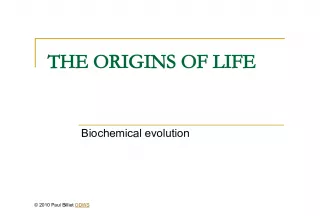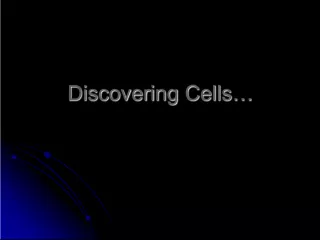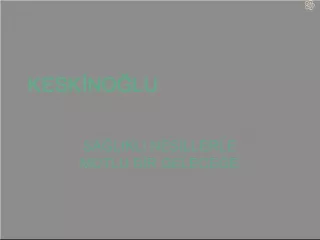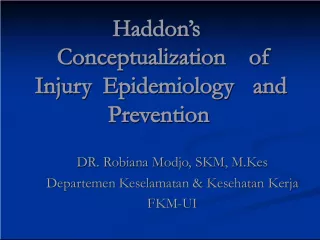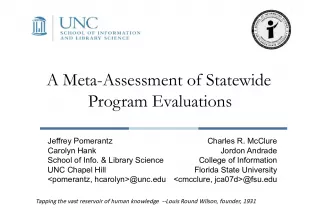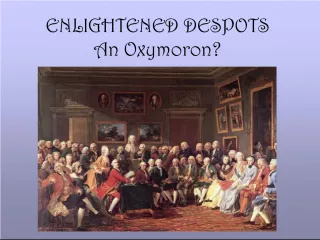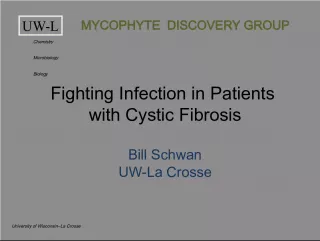Louis Pasteur: Pioneer of Microbiology
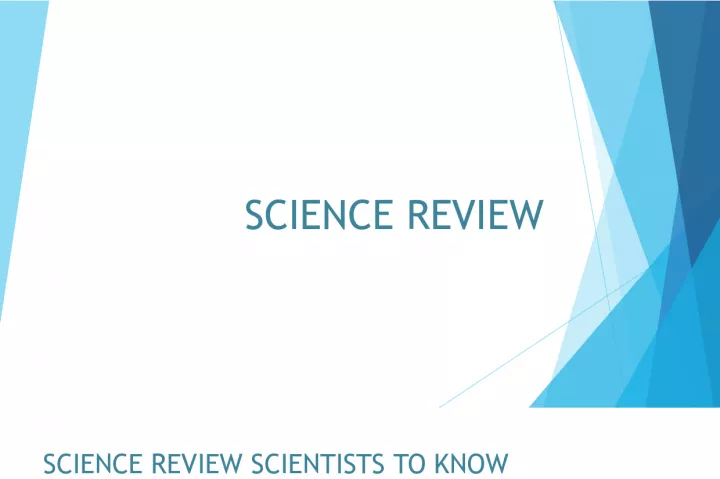

Learn about the life and work of Louis Pasteur, the French scientist who made groundbreaking discoveries in microbiology, including the germ theory of disease and pasteurization.
- Uploaded on | 0 Views
-
 cordia
cordia
About Louis Pasteur: Pioneer of Microbiology
PowerPoint presentation about 'Louis Pasteur: Pioneer of Microbiology'. This presentation describes the topic on Learn about the life and work of Louis Pasteur, the French scientist who made groundbreaking discoveries in microbiology, including the germ theory of disease and pasteurization.. The key topics included in this slideshow are Louis Pasteur, microbiology, germ theory, pasteurization, French scientist,. Download this presentation absolutely free.
Presentation Transcript
1. SCIENCE REVIEW
2. SCIENCE REVIEW SCIENTISTS TO KNOW Louie Pasture French scientist who helped disprove spontaneous generation and helped the process of pasteurization. Francisco Redi the Italian scientist who disproved the theory of spontaneous generation. Robert Hooke Looked at cork and saw lots of cells and named them. Hans Jannssen credited for inventing the first compound microscope in 1590 Anton van Leeuenhoek the Father of Microbiology who found single celled organisms in a drop of water, improved the microscope. Aristotle first to propose a classification system Carolus Linnaeus Father of Taxonomy, Sweedish scientist , published his work in 1750 - 1760 Ernst Ruska Built and designed the first electron microscope.
3. ETHOGRAMS Know what an ethogram is, what it entails, and how and why scientists use them. An ethogram is a catalog or table of all the different kinds of behavior or activity observed in an animal. Scientists use ethograms to show the different behaviors or actions an animal shows during a specific amount of time. It contains all of the actions that an animal has shown.
4. MICROSCOPES AND CONTROLLED EXPERIMENTS Know all of the major scientists in the history of the microscope. On slide 2 Know how to calculate magnification. Multiply the power of magnification of the eyepiece and the power of objective you are using Identify the parts of the microscope. Know what a controlled experiment is. Identify the control, the independent, and dependent variables in a controlled experiment. 1. A controlled experiment is and experiment where all the variables except one is the same
5. UNIT ONE The six things that make up all living organisms are (1) All living organisms are made of cells (2) All made of similar chemicals (carbon, hydrogen, and oxygen) (3) Use energy and take in nutrients (4) Grow and develop (5) Respond to their surroundings (6) All reproduce The differences between plant and animal cells Plants box shaped, chloroplasts, and chlorophyll Animals rounded, no chlorophyll or chloroplasts
6. UNIT ONE The four things that all living things need to survive: 1. A source of energy 2. Water 3. Living space 4. Stable environment Know the parts of each type of cell and their function. Know about Redis experiment: Redi set out to disprove spontaneous generation. He set out meat and covered some meat. The uncovered meat had maggots but the covered didnt get any. He did disprove spontaneous generation
7. Unit One The first life forms had 3 different characteristics: Anaerobic no oxygen needed Unicellular one celled Live in extreme conditions most likely underwater with unit one
8. Unit Two Organic compound with carbon C6 H12 O6 sugar Inorganic compound without carbon H2O Proteins Made in ribosomes, Make up feathers and hair, Build up muscles Carbohydrates C6 H12 O6, Produced by autotrophs, Sugars and Starches Lipids Stored as blubber in hibernating animals, hardest to break down but give the most energy, fats and oils Nucleic Acid contain info passed on from parent to offspring, DNA and RNA, large molecules often in twisted chains and spirals Sugar molecules that arent used combine and form starch molecules Iodine is a indicator for starch
9. Unit Two You put iodine on the item and then wait to see if it turns a different color. An example of a starch is bread. Osmosis is the diffusion of water through a selectively permeable membrane. Diffusion is the process when molecules move from areas of high concentration to low concentration. Active transport is the movement of a substance through a cell membrane using energy. Passive transport is the movement of a substance through a cell membrane w/o using energy.
10. Unit Two Cellular Respiration raw materials = glucose and O2, products = CO2, water, and energy, and it is a process all living organisms undergo to get energy Photosynthesis raw materials = CO2 and H2O, products = glucose and O2, and a process that autotrophs undergo 6CO2 + 6H2O + sun C6 H12 O6 + 6O2 How many molecules of glucose? 1 How many molecules of water? 6 How many atoms of Hydrogen are on both sides of the equation? 12 What does the arrow mean? Yields or produces Respiration takes place in the cytoplasm and the mitochondria. Photosynthesis takes place in the chloroplasts.
11. Unit Three Cell division occurs in a series of phases. Mitosis is a part of cell division. The steps are: Interphase Mitosis 1. Prophase 2. Metaphase 3. Anaphase 4. Telophase Cyokinesis
12. Unit Three Interphase- cell prepares to divide, grows to full size, centrosome doubles and moves, DNA replicates Prophase chromatin condenses and forms x shaped chromosomes, centrosomes move to opposite ends of the cell, nuclear membrane starts dissolving, chromosomes 1 st visible, 1 st of mitosis Metaphase microtubules elongate and attach to centromeres, chromosomes are pulled to the center of the cell Anaphase the chromosomes separate and are pulled to opposite ends of the cell Telophase nuclear membrane forms around a complete set of chromosomes, chromosomes decondences and spindle fibers disappear Cytokinesis the last stage of cell cycle, cell divides into 2 identical daughter cells
